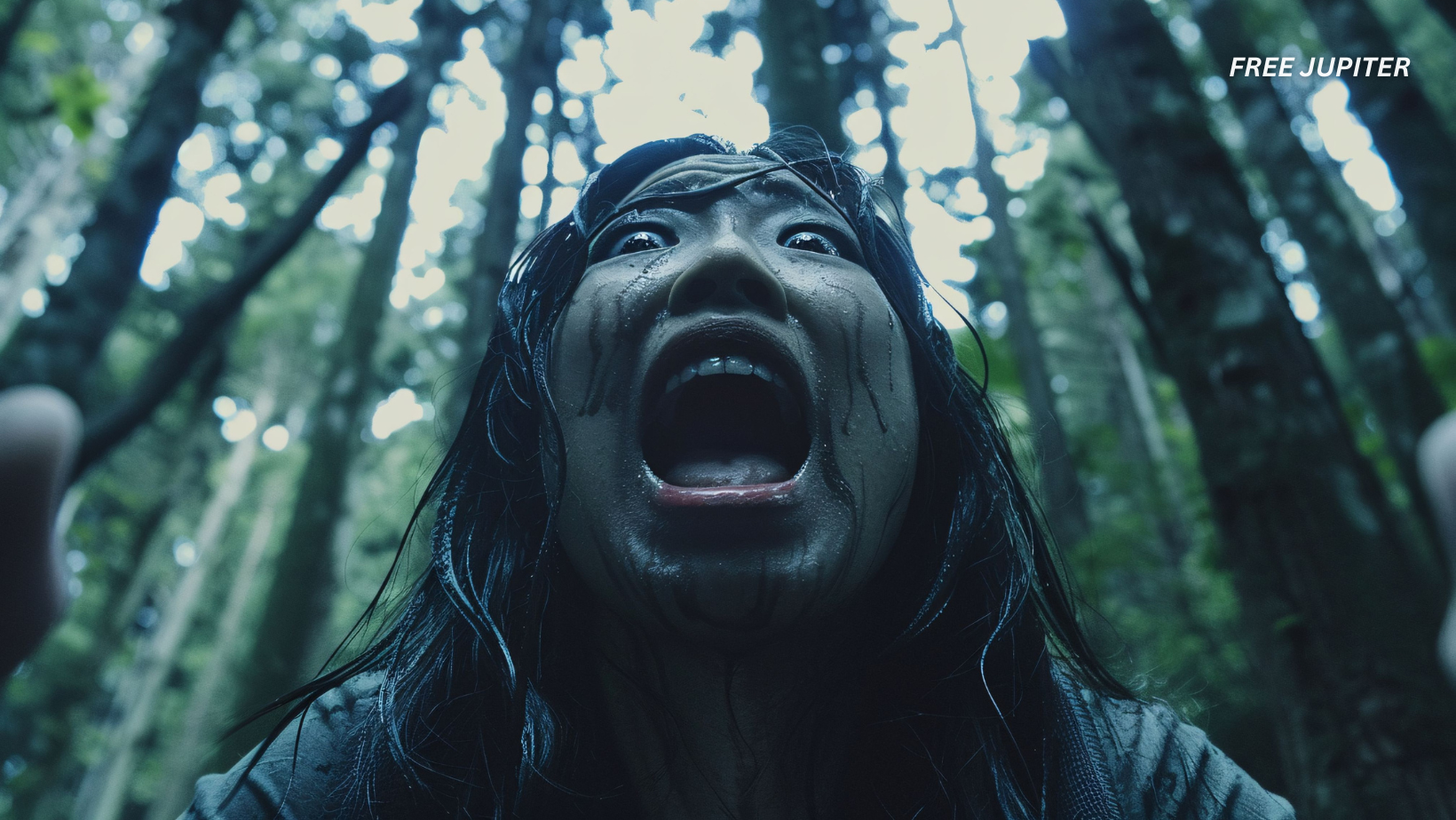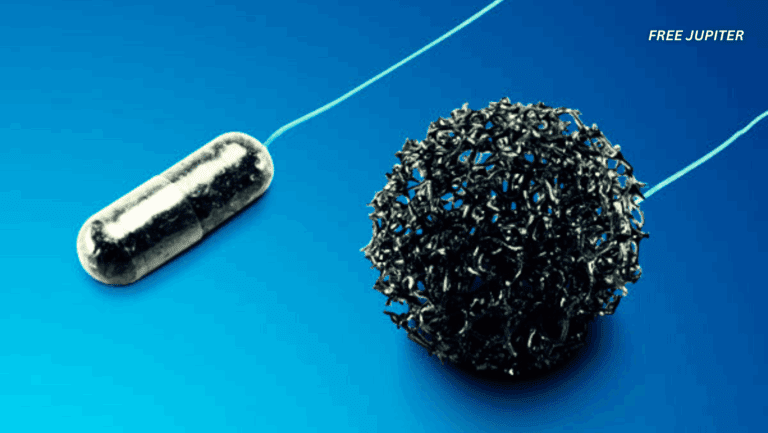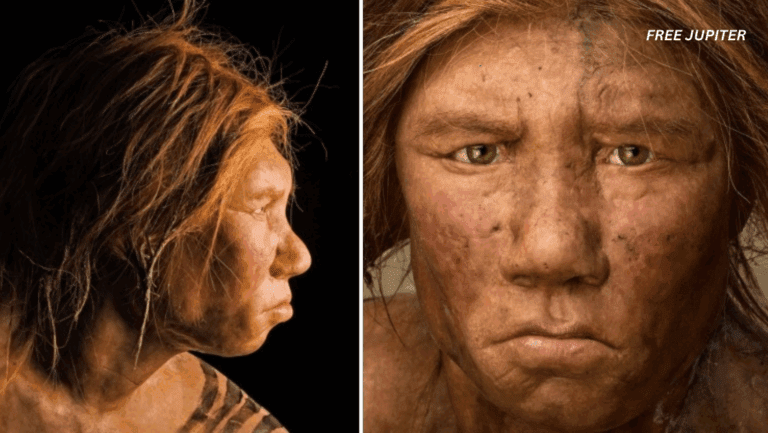On February 28, the world observes Rare Disease Day-a moment set aside to spotlight the millions living with uncommon medical conditions. Among the vast array of rare disorders, one stands out for its eerie symptoms and tragic history: a neurological illness that once haunted the highlands of Papua New Guinea, known locally as “kuru,” or more sensationally, the “laughing sickness.”
A Glimpse Into the Shadows: The Emergence of Kuru
Travel back to the mid-20th century, and you’ll find the Fore people of Papua New Guinea facing a mysterious and devastating affliction. In the 1950s and 1960s, this small community, numbering around 11,000, was struck by an illness that claimed the lives of hundreds each year. The symptoms were as bewildering as they were heartbreaking-victims would lose control of their bodies, their emotions, and, ultimately, their lives.
Early on, scientists were baffled. Was this a curse? A hereditary flaw? Or perhaps something in the environment? The truth, when it emerged, was both shocking and sobering. The culprit was neither magic nor genetics, but a unique infectious agent-one that would rewrite our understanding of brain diseases.
The Ritual That Spread the Disease
To understand how kuru spread, you must first appreciate the cultural context. Among the Fore, honoring the departed involved a ritual that, by modern standards, seems unthinkable: relatives would consume the remains of loved ones as an act of respect and remembrance. While this practice was rooted in love and tradition, it unwittingly set the stage for tragedy.
The disease struck hardest among women and children, who were most likely to participate in these rituals. The brain, being the organ most affected by the infectious agent, posed the greatest risk. Those who partook in this custom were, without knowing it, exposing themselves to a deadly threat.
Read more: Radical New Study Suggests Alzheimer’s Has a Single Root Cause
The Science Behind the Sickness: Prions at Work
Kuru belongs to a rare family of disorders caused by prions-misfolded proteins that wreak havoc on the brain. Unlike bacteria or viruses, prions are simply proteins gone rogue. When these abnormal proteins enter the body, they prompt healthy proteins to misfold in turn, leading to a cascade of neurological damage.
This process is slow and insidious. After exposure, years-or even decades-can pass before symptoms appear. The average incubation period is about 10 to 13 years, but some cases have lain dormant for over half a century. This long delay meant that even after the ritual practice ended in the early 1960s, new cases continued to emerge for years.
The Progression of Kuru: A Three-Act Tragedy
Kuru does not announce itself with a single dramatic symptom. Instead, it unfolds in stages, each more debilitating than the last:
1. Early Warnings:
The first signs are subtle-trembling in the arms or legs, a sense of unsteadiness, and difficulty walking. At this point, the symptoms may come and go, sometimes subsiding with rest.
2. Loss of Control:
Within months, the illness accelerates. The trembling intensifies, speech becomes slurred, and walking turns into a struggle. Victims may need support to move, and their emotional state becomes unstable. Outbursts of laughter or tears, seemingly without cause, are common-hence the disease’s grim nickname.
3. Terminal Decline:
In the final stage, the person can no longer sit or stand without help. Swallowing becomes difficult, leading to malnutrition. Communication fades, and the individual may become incontinent. Despite being awake, they are often unresponsive to their surroundings.
Death typically follows within a year of the onset of symptoms, making kuru almost universally fatal.
Read more: Low Levels of This Common Vitamin Raises Your Risk of Dementia
The Myths and the Science
When kuru first appeared, it was shrouded in mystery and superstition. Some believed it was the result of sorcery or a family curse. These misconceptions led to fear and isolation for those affected. It took years of careful investigation to reveal the true cause: the transmission of prions through the consumption of infected tissue.
This discovery not only solved the puzzle of kuru but also opened the door to understanding other prion diseases, such as Creutzfeldt-Jakob disease. The story of kuru became a landmark in medical science, demonstrating how culture, biology, and history can intersect in unexpected ways.
The End of an Epidemic
Once the connection between the ritual and the disease was established, the practice of consuming human remains was abandoned. As a result, kuru has nearly vanished. The last known cases occurred decades after the ritual ceased, a testament to the disease’s lengthy incubation period. Today, kuru is considered virtually extinct, though its legacy lives on in medical textbooks and the memories of those who witnessed its effects.
Symptoms: A Closer Look
Kuru’s symptoms are as distinctive as its history. The word itself comes from the Fore language, meaning “to shake”-a fitting description for a disease marked by tremors and loss of coordination. But the full list of symptoms paints a more complete picture:
- Difficulty walking and maintaining balance
- Involuntary movements and muscle twitching
- Emotional instability, including sudden laughter or crying
- Cognitive decline, leading to confusion and memory loss
- Difficulty swallowing and speaking, often resulting in slurred speech
- Severe weight loss and malnutrition as the disease progresses.
These symptoms reflect the damage done to the cerebellum, the part of the brain responsible for movement and coordination. As the disease advances, other areas of the brain become affected, leading to further decline.
Why Kuru Matters
While kuru itself is now a relic of the past, its impact on science is profound. The study of this disease provided crucial insights into prion disorders, a group of conditions that remain among the most mysterious in medicine. It also highlighted the importance of understanding cultural practices in the context of public health.
Kuru’s story is a reminder that rare diseases, though often overlooked, can teach us invaluable lessons about the human body, the brain, and the ways in which our traditions shape our health.
Read more: Sleep Expert Identifies Six Sleep Patterns That May Indicate Underlying Health Conditions
The Broader Legacy: Lessons Learned
The tale of kuru is more than a medical oddity-it’s a cautionary tale about the unintended consequences of cultural rituals, and a testament to the power of scientific inquiry. By unraveling the mystery of this “laughing sickness,” researchers not only saved lives but also expanded our knowledge of how diseases can spread and evolve.
In a world where rare diseases still pose challenges, the story of kuru encourages vigilance, empathy, and curiosity. It reminds us that even the most baffling illnesses can yield their secrets to those willing to look beyond the obvious.
A Disease Fading Into History
Today, kuru is all but gone, remembered mainly by medical professionals and historians. Its disappearance is a victory for science and a testament to the resilience of the Fore people, who adapted their customs in the face of overwhelming evidence. Yet the lessons of kuru remain relevant, offering hope that other rare diseases may one day be understood-and conquered-in turn.
So, as Rare Disease Day comes and goes, spare a thought for the forgotten afflictions and the communities that have endured them. In the story of kuru, we find not only tragedy but also hope, discovery, and the enduring strength of the human spirit.










